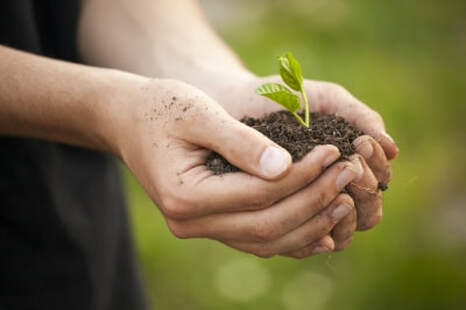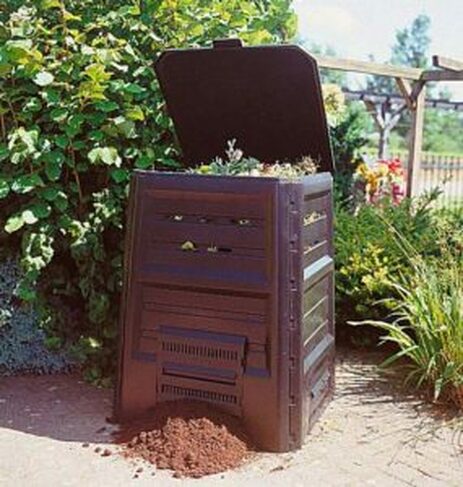|
13/3/2019 0 Comments welcome to compostingEnvironmentally concious people everywhere are discovering composting as a rewarding way of beautifying their property while reducing pressure on overtaxed landfill sites. Composters turn organic waste material into a valuable resource - rewarding your composting efforts with an abundant supply of nutrient rich humus for a beautiful and healthy garden. WHAT IS COMPOSTING?
WHY COMPOST?
WHAT CAN BE COMPOSTED?
WHAT CANNOT BE COMPOSTED?
WHERE SHOULD THE COMPOSTER BE LOCATED?
HOW DO I START COMPOSTING?
POINTS TO REMEMBER
HOW IS PROPER AERATION ACHIEVED?
WILL THE COMPOST PILE GET HOT?
HOW LONG DOES COMPOSTING TAKE?
WHEN IS THE COMPOST READY?
WHAT CAN I DO WITH THE FINISHED COMPOST?
POSSIBLE PROBLEMS INSECTS: Sometimes compost attracts flies. This usually occurs when kitchen scraps are left on top of the heap. It can be remedied by burying food in the pile or by turning the pile each time you add waste, and adding a layer of soil on top of the heap. ODOURS: A well aerated compost pile should not smell. However, if occasional odours to occur, there are various solutions:
WET COMPOST PILE: A soggy compost pile often occurs in the spring because there is not enough brown material available over the winter to add to the compost. As well, all the kitchen waste added over the winter begins to thaw, resulting in an extrememly soggy compost heap. You can avoid this by leaving the lid off the composter and aerating (turning) the pile daily. The situation can also be remedied by adding only brown material and NOT adding kitchen waste to the pile until it begins to dry up (this should take 1 to 2 weeks if the pile is aerated daily). DRY COMPOST PILE: Although infrequent, sometimes the compost pile becomes too dry. This is usually because there is too much brown material. The pile can be made moist by adding more kitchen scraps or by simply adding small amounts of water to the pile.
0 Comments
Leave a Reply. |
AuthorGil Strachan is a professional home inspector, representing Electrospec Home Inspection Services in east-central Ontario since 1994. CategoriesAll Appliances Buying And Selling Cooling Electrical Environmental Exterior Health And Safety Heating Home Improvement Home Inspection Insulation Insurance Interior Plumbing Roofing Special Structure Archives
January 2024
|



